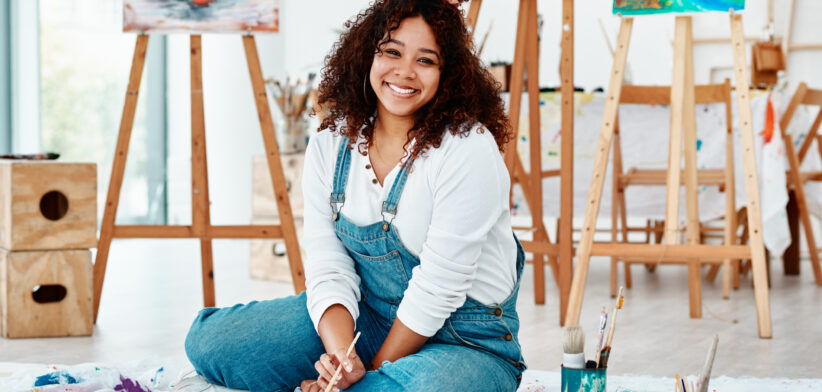Artificial intelligence, and generative AI in particular, has created a pandora’s box of issues for Australia artists seeking to protect the copyright of their work.
McCullough Robertson lawyer Hasmindar Dhillon, who is currently on secondment to the Arts Law Centre of Australia (Arts Law), said the copyright conundrum went beyond visual art and text.
“We also see artists involved in film, dancers and musicians,” she said.
“Generative AI is a big space that is constantly evolving. These AI tools have been created so quickly they have moved at a pace much quicker than the legislation governing them can keep up with.
“That’s not just something happening in Australia. It is worldwide and countries are looking to each other to explore the best approaches to deal with it.”
Arts Law is a not-for-profit independent national community legal centre for the arts.
Around the world, there have been a number of high-profile debates on the copyright rules on AI-generated images.
Seattle-based Getty Images took legal action against one of the major facilitators of AI-generated images alleging a “brazen infringement” of its image rights “on a staggering scale”.
At the same time, Getty has embraced generative AI on its own sites, allowing customers to create manipulated and novel images from its catalogue.
Art prizes are also grappling with definitions of art created through artificial intelligence. A category winner in the Sony World Photography Award refused to accept an award for his work because it was “co-created” using AI.
Locally there was considerable debate when the 2024 Brisbane Portrait Prize chose to allow works created in whole or part through AI.
Ms Dhillon said many artists were worried about the impact of generative AI on their future livelihoods.
“Now anybody can go online and have the ability to create artwork themselves at much lower prices (than original art),” she said.
“That undercuts the authentic work that’s being produced by artists and demand for authentic work will inevitably decline.
“There’s a lot of concern around how to respond to it and a lot of people think, rather than pushing against generative AI, they may have to develop with the times and incorporate it into their practice.”
There were also issues around preserving the creative integrity of art and respecting an artist’s moral rights.
The generative AI tools could “scrape” creative works from all over the internet (as part of their training data) and mesh them together in ways that were often far removed from the original artistic intent.
Ms Dhillon said protection of Indigenous Cultural Intellectual Property was another major issue of focus for Arts Law advocates.
She said, while current laws and regulations protected works of art, there was far less protection of the cultural knowledge underpinning the art.
This included stories, rituals and techniques, as well as particular styles and symbols that might be unique to particular Aboriginal and Torres Strait Islander communities.
Ms Dhillon’s secondment to Arts Law is part of a pro bono partnership with McCullough Robertson Lawyers (McR) that started in October last year.
As well as the lawyer secondment, McR is working with Arts Law on an outreach clinic in North Queensland, following a similar successful event in Sydney.
Ms Dhillon said she jumped at the chance to spend time with Arts Law as a way to “help those who might otherwise be restricted in their access to legal advice.”
“I also saw it as a good opportunity to try something new,” she said. “I’ve always been in litigation so I thought it would be a nice change of pace to go into a more advisory role for a period of time, see a different perspective and just round out my training and experience,” she said.
“I’m grateful to be in a firm that provides these types of opportunities.”








